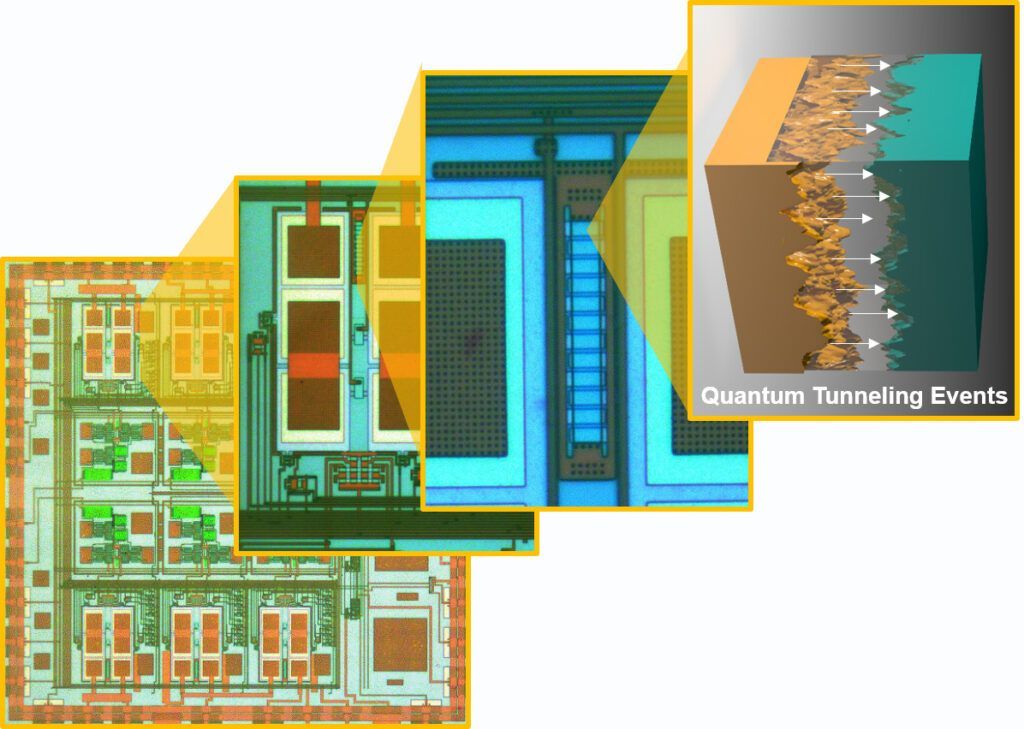
🔋 Quantum tunnels eliminate the need for batteries in sensors
A new type of sensor only needs to get energy once and can then work for a year on it.
Share this story!
By 2030, there will be an estimated 50 billion small networked sensors in the world. All of these must have energy and so far it has been about different types of batteries, but now there is an alternative.
A research group from Washington University in Saint Louis in the USA has built a sensor that does not need a battery at all . Instead, the researchers use a quantum mechanical effect called quantum tunnels .
For those who want to know exactly how it works, we recommend the scientific article that the researchers wrote, but in short, it is about controlling the electron flow.
Quantum tunnels function as the name suggests as tunnels. Very simply, we can say that when electrons hit an obstacle, they do not have to go around, over or under the obstacle. They can instead go straight through the obstacle, as through a tunnel.
By creating a barrier and designing it in a special way, it is possible to control the electron flow.
- You can slow down the flow down to an electron in a minute and still get a reliable energy supply, says Professor Shantanu Chakrabartty at Washington University in Saint Louis and one of the researchers behind the sensor technology.
The sensor receives a certain amount of energy from the beginning. That energy is supplied to the electronics in the sensor at exactly the rate needed to drive the sensor. By building a very small and energy-efficient sensor, it is possible to operate it for up to a year on that energy.
The sensor itself is not complicated. It basically consists of only four capacitors and two transistors, which makes it both easy and cheap to build. The amount of energy needed is also not much to argue about. Each capacitor holds 50 million electrons and that is enough for one year of operation.
In the future, researchers expect that their sensor technology can be used to, for example, register brain waves from inside the head or monitor the blood sugar level in a person's bloodstream.
By becoming a premium supporter, you help in the creation and sharing of fact-based optimistic news all over the world.


